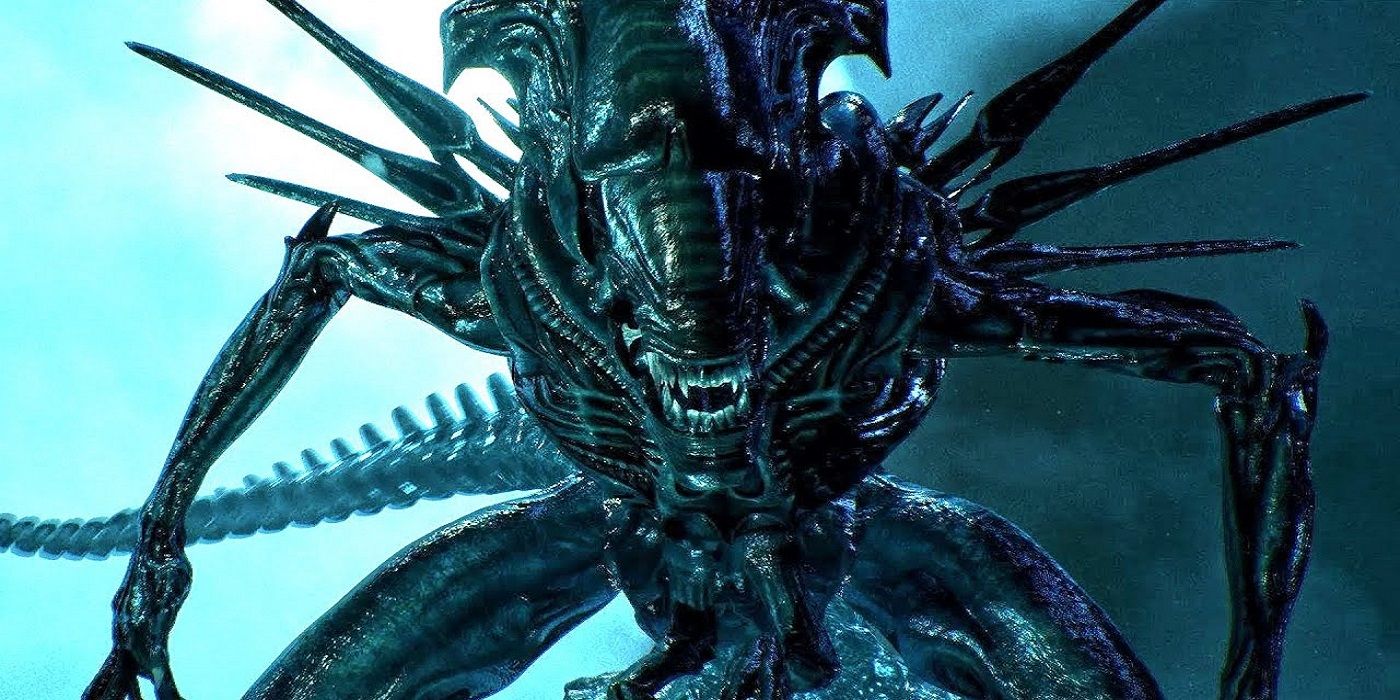The discovery of alien statues in Egyptian tombs has incited fervent debate among anthropologists, historians, and ufologists alike. The notion that ancient civilizations possessed extraterrestrial knowledge or had interactions with alien beings is a tantalizing concept that challenges traditional archaeological narratives. This article endeavors to delve into the complexities surrounding these purported artifacts by examining their origins, interpretations, and cultural ramifications.
To comprehend the phenomenon surrounding alien statues in Egyptian tombs, one must first navigate the cultural landscape of ancient Egypt. The Egyptians were known for their intricate beliefs in the afterlife, as evidenced by their elaborate burial practices. Tombs served not merely as resting places for the deceased, but as pathways to eternity, laden with offerings, texts, and, at times, mysterious iconography. Among these iconographic representations, certain figures have sparked speculation regarding their extraterrestrial connections.
Initially, the examination of alleged alien statues necessitates a discussion of their physical characteristics. Many of these artifacts exhibit humanoid features that deviate from conventional anatomical norms. They possess elongated craniums and exaggerated eyes, suggesting similarities to modern depictions of extraterrestrial beings. These atypical attributes have led some theorists to assert that such representations must be evidence of contact with alien life forms. Nonetheless, the scholarly community remains divided on whether these statues denote actual encounters or are instead manifestations of human imagination—a symbolic exploration of the cosmos rather than a literal representation.
There exists a critical reliance on misinterpretation in analyzing these ancient artifacts. An array of environmental and sociocultural factors must be accounted for when contextualizing the creation of these statues. The artistic lexicon of ancient Egypt was rich, and the iconography often served complex functions within their religious and societal frameworks. For instance, the depiction of deities featured exaggerated physical traits intended to convey their power, attributes, and roles within the pantheon. Scholars argue that the similarities between these deities and extraterrestrial imagery could be attributed to this cultural lens rather than an indication of alien visitation.
The phenomenon of pareidolia, the tendency of the human mind to perceive familiar patterns in randomness, further complicates the discourse on alien statues. As observers, humans are prone to interpreting ambiguous shapes, which may lead to erroneous conclusions about the cultural artifacts uncovered in Egyptian tombs. Statues that might appear alien to a contemporary viewer could very well have been intended as mythological or symbolic figures, reflecting the society’s belief systems and artistic conventions.
Additionally, the role of modern media and conspiracy theories cannot be overstated in shaping public perception of these artifacts. The proliferation of pseudoscientific literature and sensational documentaries has undoubtedly heightened curiosity while simultaneously muddling the academic discourse. Such interpretations often prioritize entertainment over empirical scrutiny, leading to a skewed understanding of ancient Egyptian civilization and its artistic endeavors. The allure of potential extraterrestrial encounters gains traction in popular culture, at times overshadowing traditional archaeological findings.
The examination of documented cases concerning alleged alien artifacts reveals further complexity. Specifically, the sourcing of these statues often emerges from questionable excavation practices or dubious claims that lack peer-reviewed validation. Ethical concerns arise when artifacts are yoked to unfounded theories, risking the integrity of genuine archaeological research. Without rigorous scrutiny and scholarly consensus, the temptation to weave speculative narratives undermines our ability to discern the reality of ancient Egyptian achievements.
However, it is essential to recognize the fascination that the possibility of extraterrestrial influences can evoke. The intersection between archaeology and the unexplained often incites wonder and provokes inquiries that push beyond established boundaries. This cognitive intrigue can serve as a catalyst for broader discussions about humanity’s place in the universe and our relationship with the unknown. While the allure of aliens may not yield concrete archaeological validation, the questions posed do stimulate critical thinking and inquiry into ancient civilizations.
In summarizing the discourse on alien statues found in Egyptian tombs, it becomes apparent that the narrative is replete with layers of myth, interpretative challenges, and cultural significance. The primary inquiry shifts from the existence of extraterrestrial artifacts to the broader implications of interpretation itself. What do our perceptions of these artifacts reveal about our values, fears, and yearning for connection with the cosmos? While the search for definitive answers may remain elusive, the exploration of ancient Egypt’s artistic representations continues to provide rich material for reflection.
Ultimately, the evolving dialogue surrounding the so-called alien statues exemplifies the tension between mythological interpretation and archaeological rigor. The fascination sparkled by such discussions, while perhaps more poetic than factual, encourages individuals to examine the complexities of ancient cultures and their legacies. Thus, whether these statues are viewed as mythical expressions, misread artifacts, or genuine connections to the cosmos, the cultural inquiry they inspire remains invaluable.
